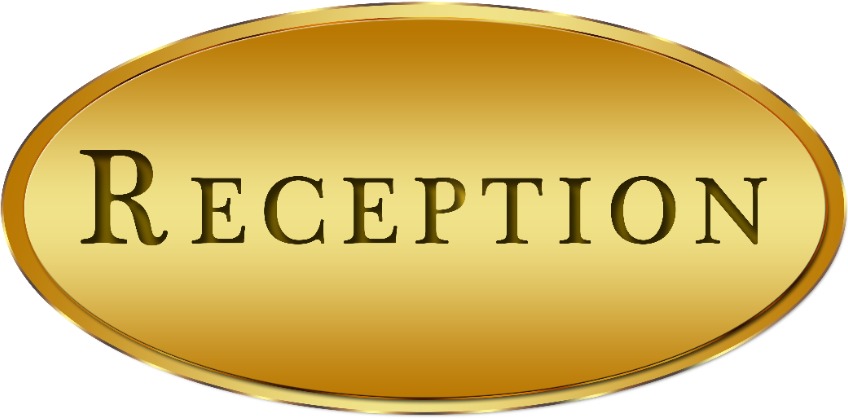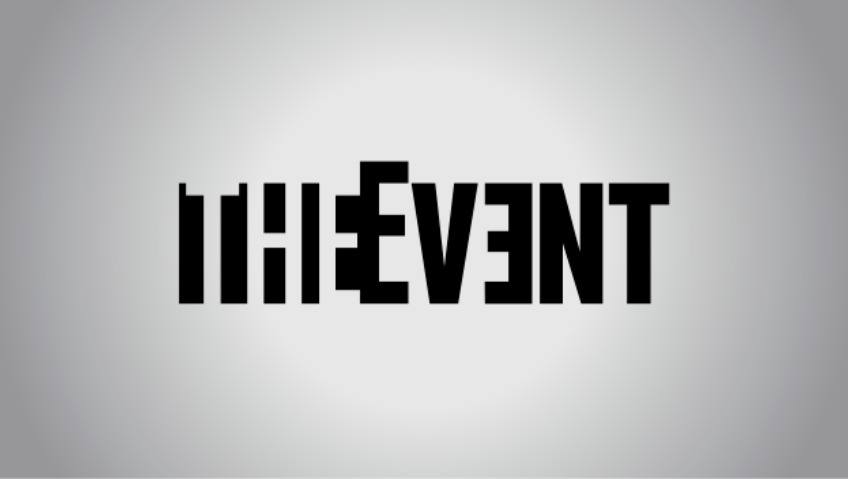How Rose-Colored Glasses Can Hurt Your Enrollment
“Oxford was a sort of Utopia to the Captain… He continued to behold towers, and quadrangles, and chapels, through rose-colored spectacles,” wrote Thomas Hugh in his 1861 novel, Tom Brown in Oxford. Most schools, at some point, find themselves gazing through these “rose-colored spectacles.” They believe their unique qualities—be it the grandeur of their facilities, the caliber of their faculty, or the sophistication of their programs—set them apart. This belief, while rooted in passion and pride, often clouds the harsh realities of today’s competitive enrollment landscape. Recognizing the Rose-Colored Glasses When are you wearing them? Failing to acknowledge that families have choices. Ignoring that other schools might offer equally compelling features. Overlooking the appeal of zero tuition cost at some public schools. Believing that merely constructing beautiful buildings will guarantee enrollment. Dismissing external factors like the economy, geography, or politics. Assuming that more advertising alone will solve enrollment issues. Neglecting the significance of the full-pay market in your financial model. The rose-colored glasses phenomenon is essentially a disconnect between perception and reality, which can be detrimental. The Downside of Rose-Colored Glasses These glasses cloud your judgment, preventing you from engaging in thorough evaluation and delivering high-quality educational services. They lead you to provide an undifferentiated service, lacking distinctive value propositions. Even if your school is objectively “better than” another, that’s not always enough to sway parents from free public options. To maintain and grow your student body, you need focus and accountability. Schools often react rather than act. Celebrating successes like winning a regional soccer competition is essential, but so is addressing weaknesses such as subpar teaching staff. Optimism as an Enemy Misplaced optimism can divert resources away from where they’re needed most, lower staff expectations, and misinform the board about the school’s true state. This can lead to a dysfunctional or marginally effective program. When it’s time to present the reality, reluctance to remove these glasses can result in substandard educational services. Lower quality discourages parents from paying high tuition fees. When quality is questionable, parents gravitate towards schools that consistently deliver value in terms of faculty, facilities, programs, students, and overall costs. Impact on Enrollment Rose-colored glasses particularly affect your full-pay families. They notice if the teacher doesn’t return papers promptly, classrooms are unclean, or math classes seem too basic. If the school claims to be of the highest quality despite these flaws, it alienates parents who have other options. Prospective families are equally discerning. They rely on feedback from current parents, who may not want to disrupt their child’s education but offer tepid endorsements. These prospective families, doing their homework, will likely choose schools that demonstrate clear and consistent excellence. Overcoming the Rose-Colored Glasses To combat this phenomenon, schools need a clear vision of their offerings and must measure their success in achieving desired outcomes. All staff should be aligned with these expectations. Encouraging constructive criticism and fostering healthy conflict will provide valuable insights for improvement. While rose-colored glasses might make us feel good temporarily, they need to be set aside to mobilize loyalty and seize opportunities for consistent, high-quality service. Attending to the needs of both students and parents is crucial.
How Rose-Colored Glasses Can Hurt Your Enrollment Read More »










